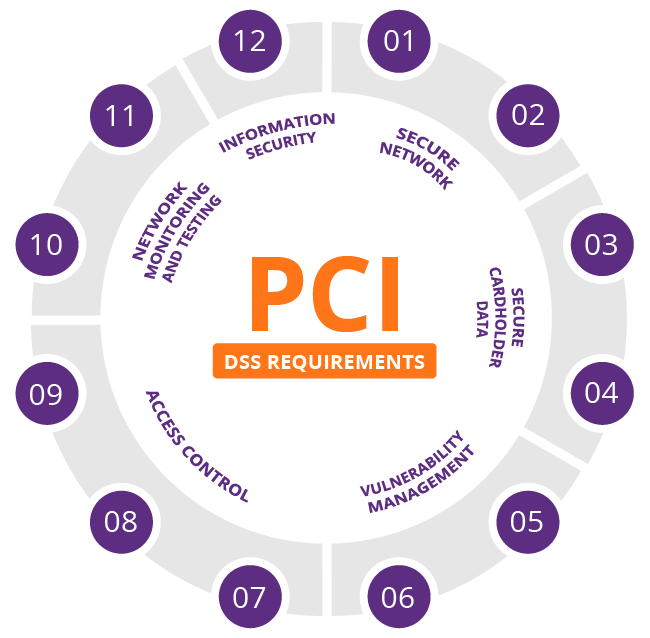
To ensure that an application is Payment Card Industry Data Security Standard (PCI DSS) compliant, developers should follow several key steps. Here are the important considerations and actions for achieving PCI compliance:
Understand PCI DSS Requirements: Familiarize yourself with the PCI DSS standards and requirements. It is crucial to have a clear understanding of what is expected to meet the compliance criteria.
Scope Reduction: Limit the scope of the application's environment to minimize the systems and components subject to PCI compliance. By reducing the scope, you can reduce the effort and cost of compliance.
Use Secure Frameworks and Libraries: Employ secure coding practices and utilize trusted frameworks and libraries. This helps to mitigate common vulnerabilities and ensures the application's security posture.
Protect Cardholder Data: Implement strong encryption measures to protect cardholder data both in transit and at rest. Sensitive information, such as credit card numbers, should never be stored in plaintext.
Implement Access Controls: Establish robust access controls to restrict system access to authorized personnel only. Use unique user IDs, strong passwords, and multi-factor authentication (MFA) where applicable.
Regularly Patch and Update: Keep all software components, including the operating system, web server, database, and application code, up to date with the latest security patches and updates.
Secure Network Connections: Ensure secure network configurations by using firewalls to segregate cardholder data from other networks. Employ secure protocols (such as TLS) for data transmission.
Regularly Test for Vulnerabilities: Perform regular vulnerability assessments and penetration testing to identify and address any security weaknesses in the application and its infrastructure.
Maintain Audit Trails: Implement logging mechanisms to track and monitor access to cardholder data. Maintain audit trails for all system components to detect and respond to any security incidents effectively.
Develop a Security Policy: Document security policies and procedures that govern the handling of cardholder data. Educate all employees and stakeholders about their responsibilities regarding PCI compliance.
Engage Qualified Security Assessors (QSA): Consider involving Qualified Security Assessors, who are authorized by the PCI Security Standards Council, to conduct formal assessments and validate compliance.
Perform Self-Assessments: Conduct internal self-assessments using PCI DSS Self-Assessment Questionnaires (SAQs) relevant to your organization's specific environment and processing methods.
It is important to note that PCI compliance is not a one-time task but an ongoing process. Regular maintenance, monitoring, and continuous improvement are necessary to ensure long-term compliance. Additionally, consulting the official PCI DSS documentation and seeking guidance from industry experts is recommended for a comprehensive understanding of the requirements.
We, here at Visus, conduct several PCI audits for customers before they engage QSAs to get a preliminary report on findings for all the previous points.
Reach out to us to schedule a meeting to discuss your needs and a plan to get you in compliance today.
About the Author
